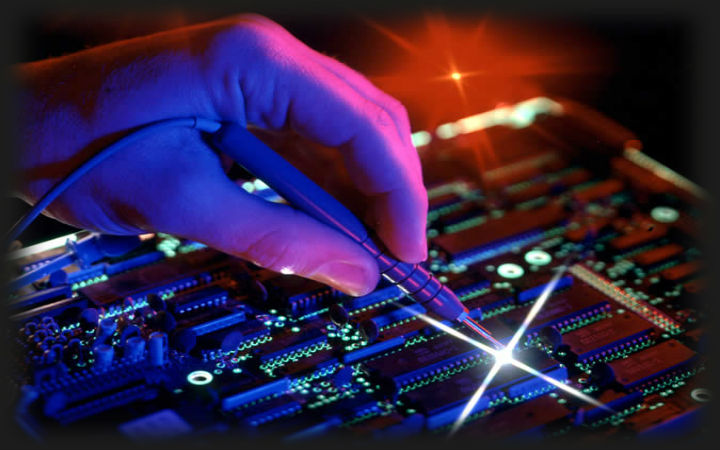Electrical projects deal with intense research that concerns operation, design, management, installation, research and maintenance of all electronic, electrical and communication areas. Electricity is an energy form that flows through copper wires and gives power to various appliances. These energies are obtained from geo thermal, hydro, wind, solar, turbine, gas and fuel cel electrical engineers obtain electricity and distributes to them for many devices.
Functions of electrical projects: For transmission of energy various functions are involved which are mentioned below:
Electric charge: Protons, electrons and neutrons are joined together to make up atoms. Protons and neutrons are present inside nucleus, which is covered by electrons. With equal but opposite charge, protons are quiet bigger than electrons.
Electric current: Through electric circuit the charge that flows is called electric current. Amp unit is used measuring for electric current.
Electric voltage: Volts (V) are the measuring unit of voltage. Electric potential energy is measured through voltage.
Electric power: Watt is the unit of electric power whereas kilo watt hour (kWh) is a commercial unit of electric energy. Power of electric current is at the rate in which work is done.
Power efficiency: It is the ratio of output power divided by input power.
Electric resistance: More the resistance of circuit are less the current flows. Entire amount of electrical resistance in a circuit determine the amount of current that in the circuit for a given voltage.
Power factor: Power factor is equal to the real or true power p in watts (w) divided by the apparent power in volt ampere (VA).
Applications of electrical projects:
Direct wireless power:
- Meant for TV, toaster or any immobile electronics devices.
- No device needs wires.
- Automatic wireless charging:
- Meant for form of mobile devices.
- Device with rechargeable batteries charges itself.
Industrial:
- No heavy installations of wires are needed.
- It is devoid of any hazardous electric shock incidents.
Transportation:
- Electric car and automobile can be charged.
- Components of electrical projects:
Resistor:
- Resistors have striped color codes to record values.
- Ohm is the unit of resistor.
- Current is control through certain components called resistors.
Capacitor:
- Two conducting plates divided through an insulator or dielectric makes up a capacitor.
- It has two terminal circuit elements which allows current to pass through terminals.
Inductor:
- Coil of conducting wire makes up an inductor.
- Energy is stored in magnetic field.
DIP switch:
- DIP is expanded by dual inline package.
- The switch is widely used by circuit boards for permanent configuration.
- Wires in a circuit is both connected and disconnected by these DIP switch.
Solder bridge:
- Solder bridge is shorten by two parts of bridge.
- It is used for permanent configuration of the circuit.
- It is an on PCB conductor which acts as a permanent switch.
- DIP switch and jumper have same functionality.
Electricity:
- Tiny charged atomic particles are protons and electrons.
- Electricity is very important for our lives.
Benefits of electrical projects:
- Fuel can be recycled.
- Low cost power for today’s consumption.
- Clean sources of energy.
- Benefits local communities.
- Provides drinking water.
Future scope:
Better power control, better results and advantage of producing high power can be obtained by innovative projects presented by us.

















